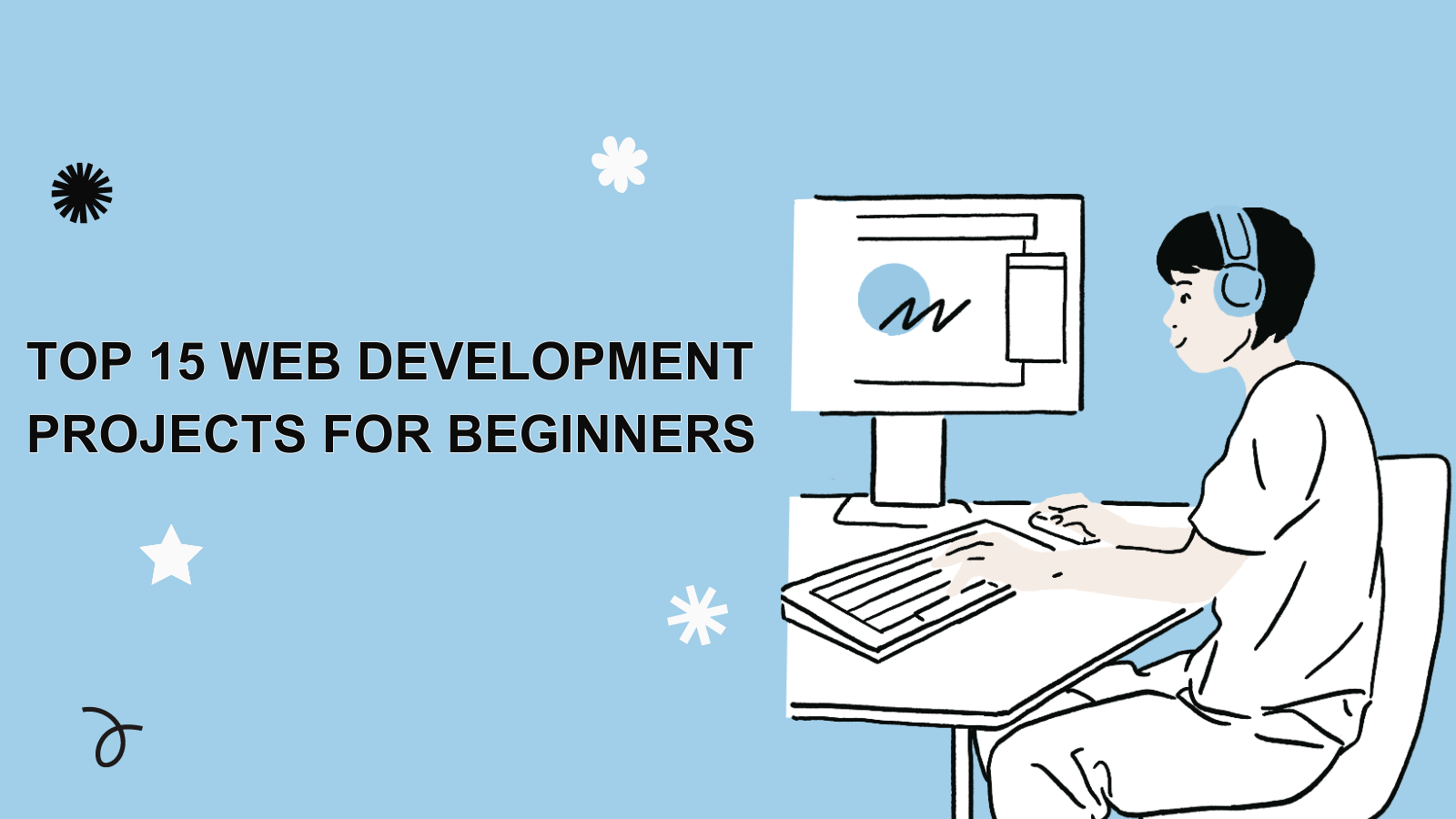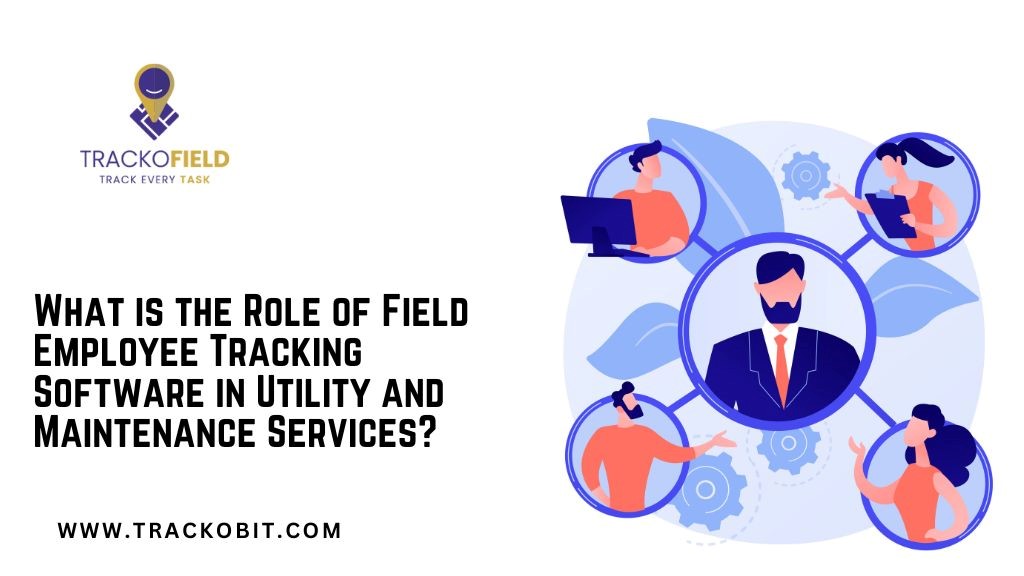
- Introduction to Web Development Projects
Beginner-friendly projects offer several benefits for those starting in web development. Embarking on the journey of web development is an exciting endeavour, but for beginners, it can be overwhelming to know where to start. That's where beginner-friendly web development projects come into play. These projects serve as hands-on learning experiences that reinforce theoretical knowledge and help beginners gain practical skills.
- Importance of Beginner-Friendly Projects
Beginner-friendly projects offer several benefits for those starting in web development. They provide a structured approach to learning, allowing beginners to gradually build their skills from simple to more complex concepts. Additionally, working on projects enhances problem-solving abilities and boosts confidence, laying a solid foundation for future endeavours in web development.
- HTML/CSS Projects
HTML and CSS are fundamental languages in web development, responsible for creating the structure and styling of web pages. Beginner-friendly projects in this category include:
3.1 Creating a Personal Portfolio Website
A personal portfolio website is an excellent way for beginners to showcase their skills and projects to potential employers or clients. It typically includes sections such as an About Me, Portfolio, Resume, and Contact.
3.2 Building a Responsive Landing Page
Building a responsive landing page teaches beginners how to design web pages that adapt to different screen sizes and devices. It involves using media queries and flexible layouts to ensure optimal viewing experiences.
3.3 Building Responsive Dashboards
Building responsive dashboards is a crucial skill for those interested in data visualization and user interface design. An Admin dashboard ensures data and controls are accessible and usable on various devices, from desktops to mobile phones. This involves understanding grid systems, interactive elements, and performance optimization techniques to handle large datasets effectively.
- JavaScript Projects
JavaScript is a versatile programming language used for adding interactivity and dynamic behaviour to web pages. Beginner-friendly JavaScript projects include:
4.1 Developing a To-Do List Application
A to-do list application is a simple yet effective project for beginners to practice JavaScript fundamentals such as DOM manipulation and event handling. Users can add, edit, and delete tasks, providing a hands-on experience with JavaScript functionalities.
4.2 Designing a Simple Calculator
Creating a simple calculator helps beginners grasp concepts like variables, functions, and basic arithmetic operations in JavaScript. It involves building a user interface with buttons for numbers and operators and implementing logic to perform calculations.
- Frontend Framework Projects
Frontend frameworks like React and Vue.js simplify the process of building dynamic and interactive user interfaces. Beginner-friendly projects in this category include:
5.1 Creating a Blog with React
Building a blog with React introduces beginners to component-based architecture and state management. They learn how to create reusable UI components, manage application state, and handle user interactions.
5.2 Building a Weather App with Vue.js
Developing a weather app with Vue.js teaches beginners how to fetch data from APIs and display it dynamically on a web page. They learn about component lifecycle hooks, data binding, and conditional rendering in Vue.js.
- Backend Projects
Backend development involves building the server-side logic and database management of web applications. Beginner-friendly backend projects include:
6.1 Setting up a Basic RESTful API
Creating a basic RESTful API helps beginners understand the principles of REST architecture and HTTP methods. They learn how to handle requests, perform CRUD operations, and return appropriate responses using Node.js and Express.
6.2 Building a CRUD Application with Node.js and Express
Developing a CRUD (Create, Read, Update, Delete) application reinforces backend development skills by building a fully functional web application. Beginners learn how to implement routing, handle form submissions, and interact with databases using MongoDB or SQLite.
- Full-Stack Projects
Full-stack projects involve both frontend and backend development, allowing beginners to work on end-to-end solutions. Beginner-friendly full-stack projects include:
7.1 Developing a Social Media Dashboard
Building a social media dashboard requires integrating frontend components with backend APIs to fetch and display data. Beginners gain experience in user authentication, data visualization, and real-time updates using technologies like React and Node.js.
7.2 Building an E-commerce Website
Creating an e-commerce website involves implementing features like product listings, shopping carts, and checkout processes. Beginners learn about user authentication, payment gateways, and inventory management while building a fully functional online store.
- Mobile Development Projects
Mobile development projects allow beginners to explore building native or hybrid mobile applications. Beginner-friendly mobile development projects include:
8.1 Creating a Mobile-friendly Web App with Flutter
Flutter enables beginners to build cross-platform mobile applications with a single codebase. They learn how to create responsive layouts, handle user inputs, and navigate between screens while developing a mobile-friendly web app.
8.2 Developing a Simple iOS App with Swift
Learning Swift, Apple's programming language for iOS app development, opens up opportunities for beginners to create native iOS applications. They learn about UIKit components, ViewControllers, and implementing features like navigation and data persistence.
- Game Development Projects
Game development projects provide a fun and engaging way for beginners to apply programming concepts. Beginner-friendly game development projects include:
9.1 Building a Classic Snake Game with HTML5 Canvas
Creating a classic snake game using HTML5 Canvas teaches beginners about game loops, collision detection, and user input handling. They learn how to draw graphics, animate objects, and implement game mechanics using JavaScript.
9.2 Developing a Memory Card Game with JavaScript
Building a memory card game challenges beginners to implement logic for card matching, game timers, and scoring systems. They learn about data structures, event handling, and game state management while creating an interactive and enjoyable gaming experience.
- Project Management Tools
Utilizing project management tools is essential for organizing and tracking progress on web development projects. Beginner-friendly project management tools include:
10.1 Utilizing GitHub for Version Control
GitHub provides version control capabilities for tracking changes to code repositories and collaborating with others. Beginners learn how to create branches, commit changes, and merge code using Git commands and GitHub's interface.
10.2 Deploying Projects with Netlify or Heroku
Netlify and Heroku are popular platforms for deploying web applications to the internet. Beginners learn how to configure deployment settings, manage custom domains, and monitor application performance while deploying their projects.
- Importance of Continuous Learning and Practice
Web development is a dynamic field that requires continuous learning and practice to stay updated with the latest technologies and trends. Beginners should embrace a growth mindset, seek out learning resources, and engage in hands-on projects to enhance their skills and expand their knowledge. Dive into the world of back-end technologies with Nucamp.
- Conclusion
Embarking on web development projects as a beginner is an exciting journey filled with opportunities for growth and learning. By starting with beginner-friendly projects across various domains, beginners can gradually build their skills and confidence, paving the way for a successful career in web development.
- FAQs
13.1 What are the best web development projects for beginners?
The best web development projects for beginners are those that align with their interests and learning goals. Projects like building a personal portfolio website, creating a to-do list application, or developing a simple blog are great starting points.
13.2 How can I choose the right project for me?
Consider your interests, skills, and desired learning outcomes when choosing a web development project. Start with projects that match your current skill level and gradually challenge yourself with more complex tasks as you progress.
13.3 Is it necessary to complete all 15 projects?
No, it's not necessary to complete all 15 projects. The goal is to gain hands-on experience and practical skills, so focus on projects that interest you and align with your learning objectives.
13.4 Can I customize these projects to make them more advanced?
Yes, you can customize these projects to make them more advanced based on your skill level and learning goals. Experiment with additional features, technologies, or design patterns to challenge yourself and deepen your understanding.
13.5 Where can I find resources to help me with these projects?
There are plenty of online resources available to help beginners with web development projects, including tutorials, documentation, forums, and communities like Stack Overflow and GitHub. Explore these resources to find guidance, support, and inspiration for your projects.



